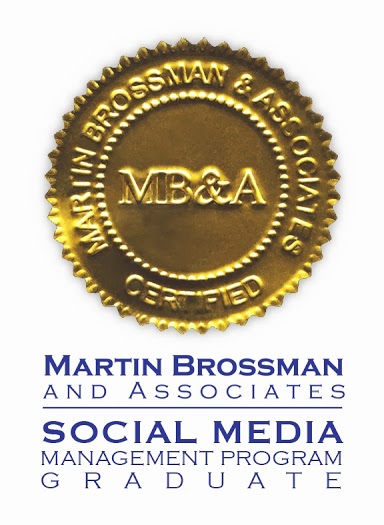Last week, I paid a writing coach a small chunk o’change to give me some guidance about creating content. It feels like it takes too long to create the material that makes up my business life, from home study courses to blog posts to comments in the blogosphere. I want to be faster.
As part of her coaching package, Ali Luke will review and edit up to 2000 words of your writing, so I sent her links to three substantial blog posts. She pasted the content into MS Word and then used Word’s “comment” feature to share her thoughts about my material.
Friends, I am a bit miffed. Her editorial comments were useful, and actionable (good “business” word there), and except for one or two tiny typos, substantial. What struck me is that I probably would have seen most of the edits myself if I had printed the content onto paper and read my own material on the couch first. I can make these edits for free.
To be true, Ali and I are 25 years apart in age, so she has an eye for my tendency to preach in a way that perhaps my peers wouldn’t sense. That is good stuff. And I’m not in any sense denying the value of her editorial suggestions–the fact is, I hadn’t seen the sticky spots she pointed out, and the posts are better for the changes.
Before I work with her again, however, I plan to print out all my site content, double-spaced, and sit down on the couch with a green pen (kinder on self than red) to edit and mark it up. Then we’ll see what she has to say about flaws I can’t see myself, rather than sticky spots I would have seen had I looked.
Doing a “preview” out of WordPress and looking at the content on the screen is simply not the same thing at all.
In the course of preparing Hiring is Hard: How to Hire Your Third Employee for release, I printed the entire document (150+ pages) at least three times. I used a professional printer, so that I could get the document bound. Reading a “real” manual made the needed edits jump out at me in a way they simply didn’t when I looked at the material on the screen.
It may be that people who learned to write on computers have a different editing process, and that printing, for them, is a waste of time. Can’t say. All I know is that for those of us who learned to type on manual typewriters, who thought correcting Selectrics were simply the greatest thing since sliced bread, printing out a blog post and taking a good look at it with an editorial eye while you sit on the couch can do wonders for your internet expert status.



Follow Us!